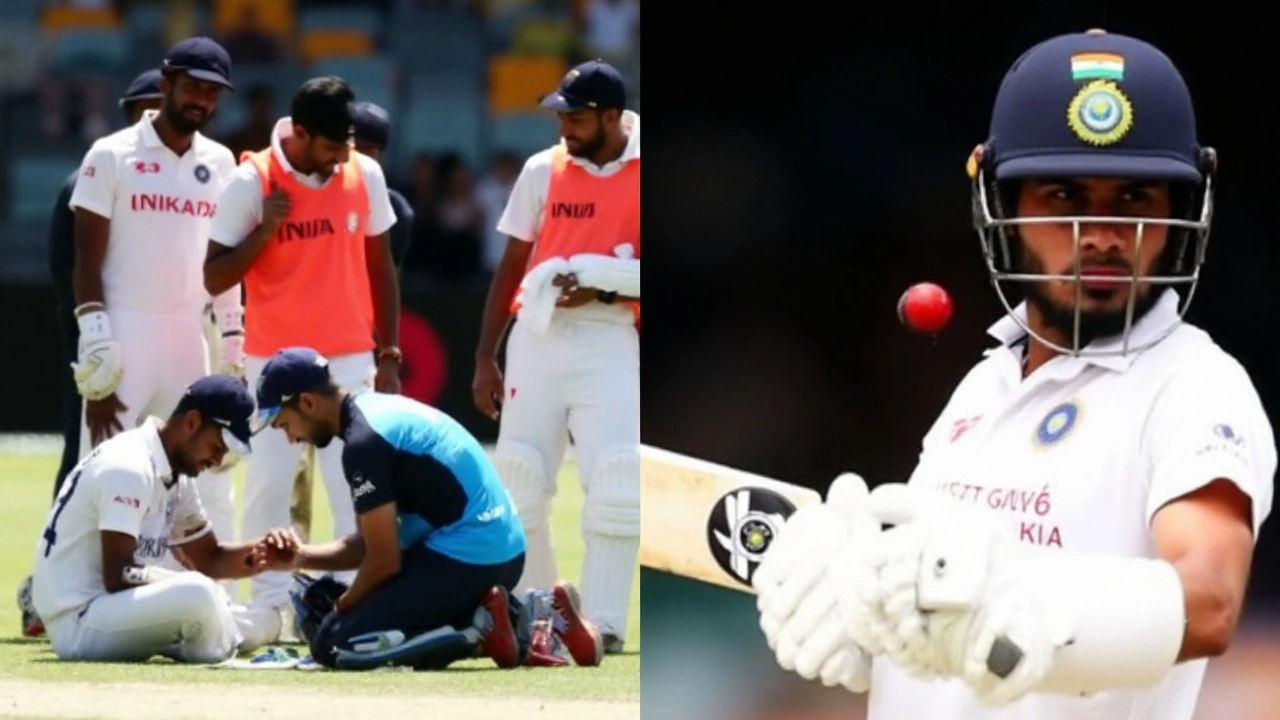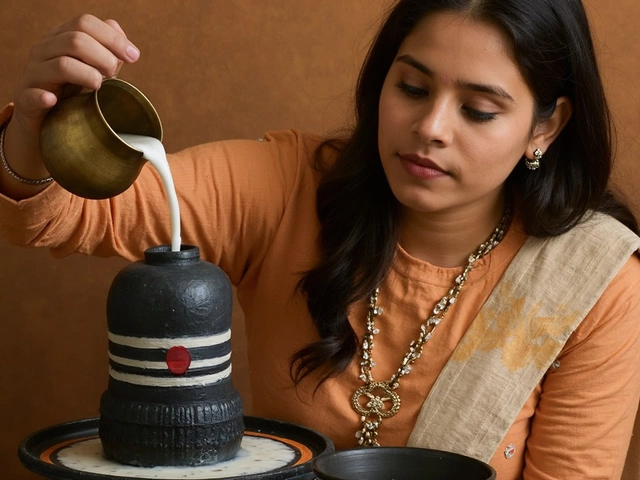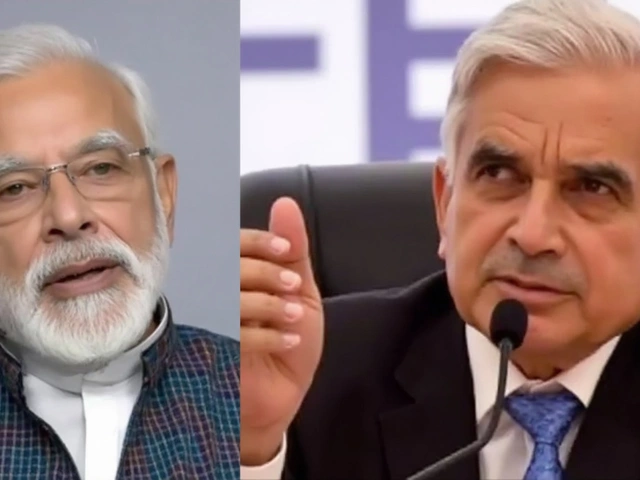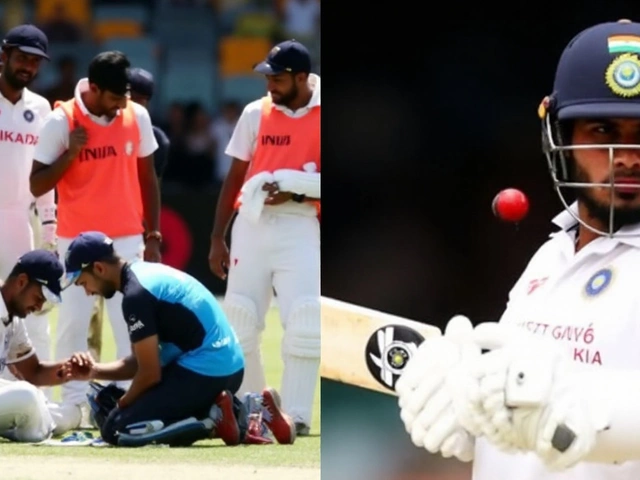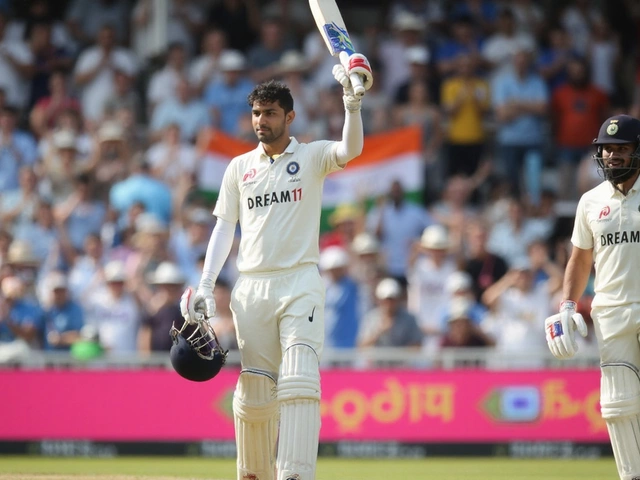Cheteshwar Pujara calls time: India’s rock at No.3 steps away from international cricket
India’s long-time Test anchor Cheteshwar Pujara has announced his retirement from all forms of international cricket, drawing a firm line under an era built on patience, skill, and a stubborn refusal to give his wicket away. The news came on August 24, 2025, and it landed with the weight you’d expect for a player who spent the better part of 15 years doing the hardest job in the format—walking in at No.3 when the ball was brand new and the bowlers were at their freshest.
If you’ve watched Indian Test cricket any time since 2010, you know the routine. Early movement, a couple of plays and misses, and then a man in a navy-blue helmet quietly going about his work—leaving, blocking, nudging, and slowly flipping the script. That man was Pujara. No fuss. No theatrics. Just time in the middle, and a scorecard that grew brick by brick.
The numbers tell a clean story: more than 100 Tests, over 7,000 runs, and a batting average in the mid-40s. The résumé adds more texture—19 Test hundreds, two World Test Championship finals, and countless hours draining the energy out of world-class attacks. But stats are only half the picture. Pujara’s value lived in the hours he swallowed and the confidence he gave the dressing room. When he settled in, India settled in.
His finest chapter? Australia. In 2018-19, he won Player of the Series with three centuries across Adelaide, Melbourne, and Sydney. He batted for time, and then batted for more time, wearing down Pat Cummins, Josh Hazlewood, and Mitchell Starc until mistakes came and India walked through the door. For a generation that saw India chasing wins overseas rather than settling for draws, Pujara was the pivot.
And then there was the 2020-21 Border-Gavaskar campaign—an against-the-odds comeback after being blown away in Adelaide. The Sydney draw and the Brisbane chase live in the memory as much for the scoreline as for the bruises. Pujara took a stack of body blows while keeping India’s chase alive at the Gabba. The helmet was rattled, the ribs were sore, the fingers stung—but he held firm long enough for Rishabh Pant and company to cash in. It was not flashy; it was essential. Those images became his brand of courage: unshowy, stubborn, effective.
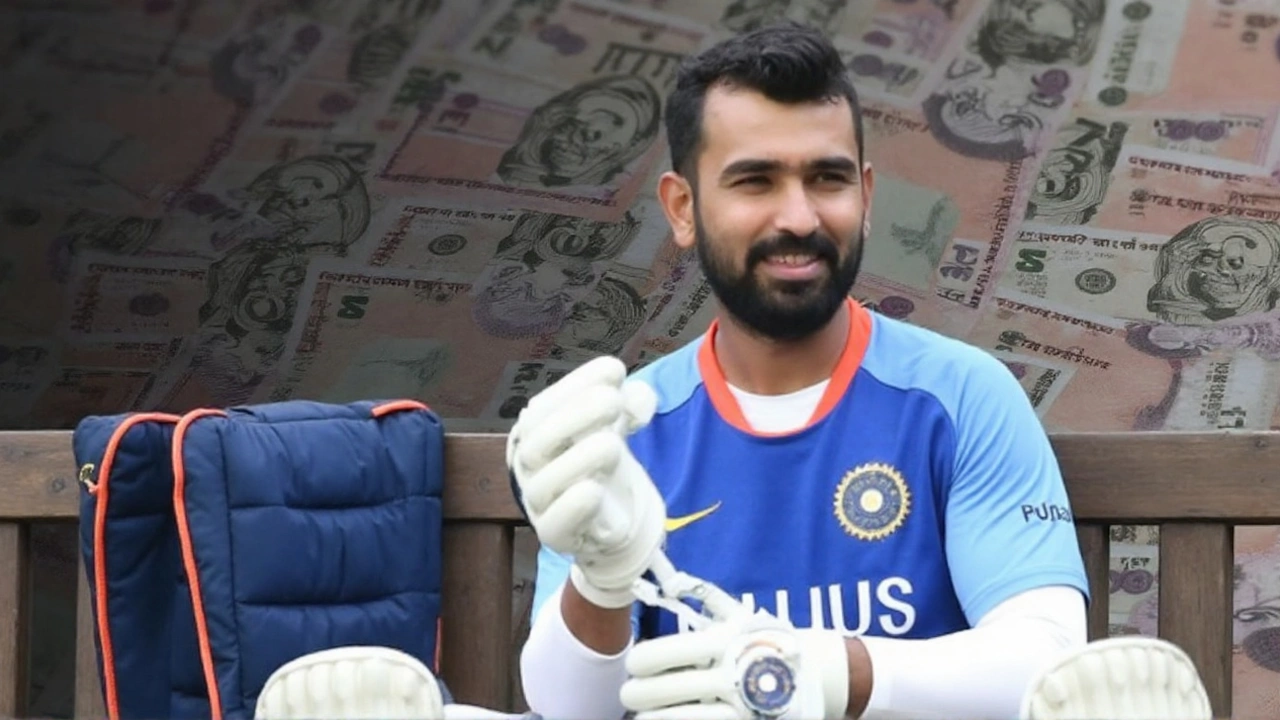
A career built on patience and grit
Pujara didn’t break into the Test side with loud promises or white-ball swagger. He came through the long way—massive Ranji hauls with Saurashtra, the grind of domestic seasons, and then a Test debut in 2010. He was never a headline-grabber in the IPL, and that was fine by him. His job was to be India’s timekeeper in whites.
There were comparisons with Rahul Dravid from day one. Fair? Maybe not, because Dravid is a generational outlier. But Pujara earned the respect on his own terms. His leave outside off stump was a statement. His forward defense was a wall. He forced opposition captains to rethink fields and lengths. When he got in, he made it count—double hundreds at home, match-shaping 50s away, and many innings that looked plain on the scorecard but felt like rescue missions while they were happening.
The middle years were not easy. He was dropped more than once—form dips, changing selection calls, and a constant drumbeat about strike rates. Each time, he went back to first-class cricket or county cricket and piled up runs. With Sussex in 2022 and 2023, he scored stacks—several big hundreds, a couple of doubles—and reminded everyone that his game still worked in tough conditions. That ability to reset and return said as much about his mindset as any stat.
Pujara’s footprint runs across India’s two World Test Championship cycles. He was part of the 2021 final at Lord’s against New Zealand and the 2023 final at The Oval against Australia. India fell short both times, but his presence in those campaigns shows how central he remained through the transitions—senior batters aging, new names coming in, and the team identity in Tests holding steady.
What made him stand out wasn’t just survival; it was the way his survival built pressure on the opposition. Overs 15 to 45 can be a dead zone in Tests if the batting side digs in, and that’s where Pujara lived. He didn’t chase the short-term rush. He picked his battles, let bowlers tire, and created room for the stroke-makers around him—Virat Kohli at his peak, Ajinkya Rahane on away tours, and later Shubman Gill and Rishabh Pant.
The effect on the bowling side was obvious. You’d see pace drop a yard. Lines drift. Slips thin out. That’s when Pujara cashed in, usually with the same two or three scoring shots you’d seen a thousand times—back-foot punch, clip off the pads, late cut when the spinners got cute. He never pretended to be something he wasn’t. He didn’t need to.
His retirement leaves a real question at No.3. India have options—batters who play all formats, others who have come through the A system, and a few who have logged serious first-class numbers. But replacing the temperament is the challenge. Filling a spot is easy. Filling a role that sets the rhythm of the day is harder. Whoever takes it on will be compared to Pujara in the only way that matters at that position: can you bat long when the ball talks?
For Saurashtra, Pujara is more than a name on a scoreboard. He’s the proof that old-school batting can still take you all the way. Expect kids in Rajkot to copy his leave, not just his cover drive. And don’t be surprised if we still see him in domestic cricket, passing on the craft in the best way he knows—by batting.
If you want a quick snapshot of his legacy, it’s this: in an era that rewards speed, he made time his ally. He left well, defended better, and saved his aggression for the moments that mattered. The highlights are clear enough to list.
- Player of the Series in Australia, 2018-19: Three centuries, series-defining time at the crease.
- Key role in the 2020-21 Border-Gavaskar comeback: absorbed blows, kept India alive in Sydney and Brisbane.
- More than 100 Tests and 7,000-plus runs: longevity and consistency in the toughest format.
- County revival with Sussex: big runs in seam-friendly conditions to force comebacks.
Tributes have been pouring in from the cricket fraternity and fans who grew up on his marathon sessions. You don’t need flowery quotes to sum him up. You just need a scoreboard that says 240 balls faced and a bowling unit running on fumes. That was Pujara’s gift to Indian cricket—time, control, and the patience to let the game come to him.
